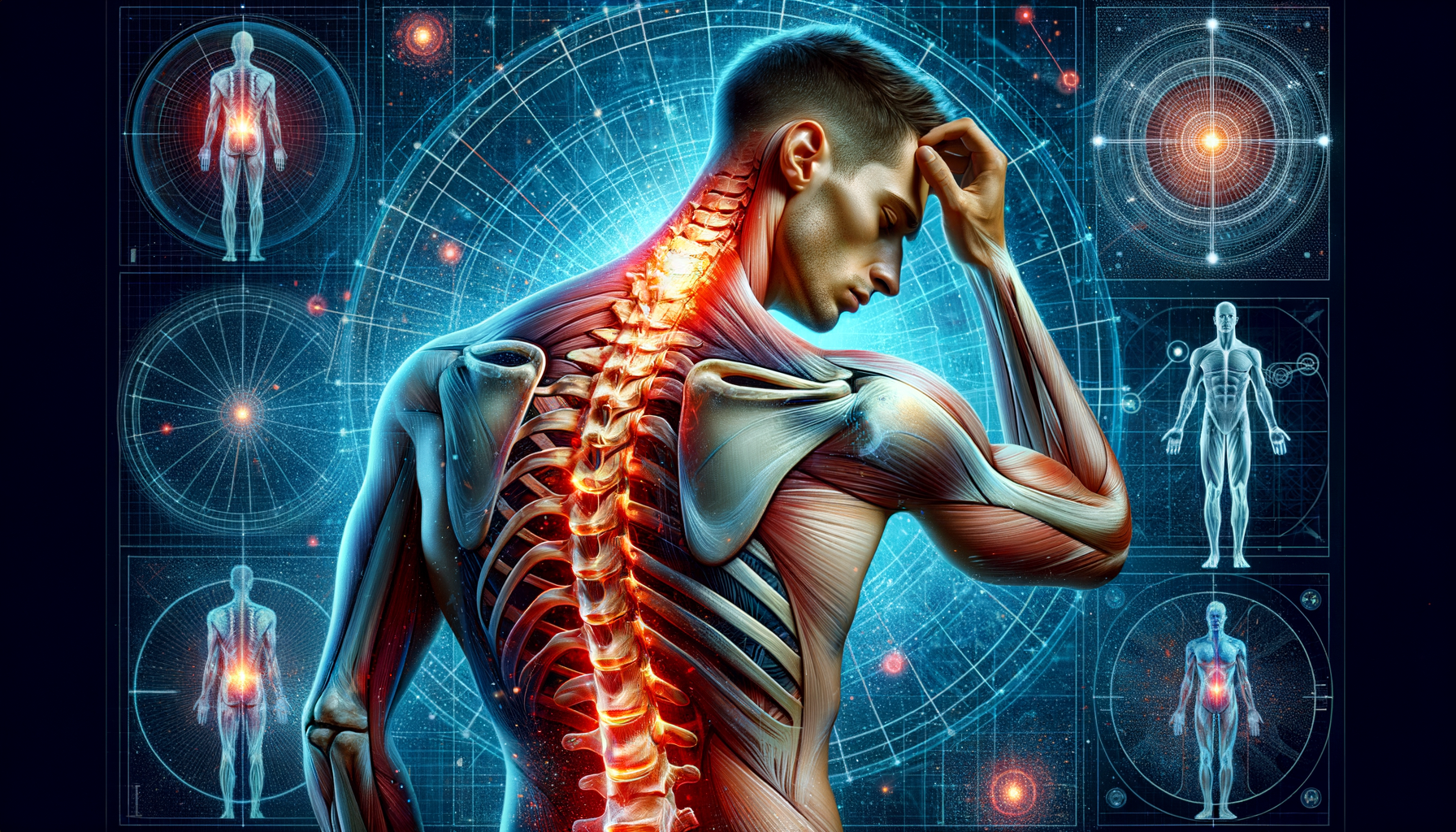
Find Quick Relief for Back Pain in the US — No Need to Go to Turkey
Understanding the Causes of Back Pain
Back pain is a common ailment affecting millions of individuals, especially those over 30. Understanding its causes is crucial in finding effective treatment. The spine is a complex structure of bones, muscles, and ligaments, and any disruption can lead to discomfort. Common causes include muscle strain, poor posture, and degenerative conditions such as arthritis.
Muscle strain often results from lifting heavy objects improperly or sudden awkward movements. This can cause microscopic tears in muscle fibers, leading to pain and stiffness. Poor posture, especially from prolonged sitting, can put undue stress on the spine, contributing to chronic back pain.
Degenerative conditions, including osteoarthritis and spinal stenosis, are more prevalent with age. These conditions cause the breakdown of cartilage or narrowing of the spinal canal, respectively, leading to persistent pain. Recognizing these causes can help in selecting appropriate treatment options.
It’s essential to note that lifestyle factors also play a role. Sedentary behavior, obesity, and smoking can exacerbate back pain. Addressing these factors through lifestyle changes can significantly impact pain management and overall spine health.
Exploring Non-Surgical Treatments
For many, non-surgical treatments offer a path to relief without the risks associated with surgery. Physical therapy is a cornerstone of non-invasive treatment, focusing on strengthening the back muscles, improving flexibility, and teaching proper posture and lifting techniques.
Chiropractic care is another popular option, involving spinal adjustments to improve alignment and reduce pain. Many individuals find relief through these adjustments, which can also enhance mobility and function.
Acupuncture, an ancient practice, is gaining recognition for its role in back pain management. By inserting thin needles at specific points, acupuncture aims to stimulate the body’s natural pain-relieving mechanisms.
Over-the-counter medications, such as nonsteroidal anti-inflammatory drugs (NSAIDs), can provide temporary relief by reducing inflammation and pain. However, it’s important to use these medications under medical guidance to avoid potential side effects.
These non-surgical treatments offer a variety of options for those seeking relief, allowing individuals to tailor their approach based on personal preferences and medical advice.
When to Consider Surgical Options
While many back pain cases can be managed with non-surgical treatments, certain conditions may require surgical intervention. Surgery is typically considered when conservative methods fail to provide relief, or when there’s a risk of permanent nerve damage.
Herniated discs, spinal stenosis, and severe scoliosis are conditions that might necessitate surgery. In these cases, the goal is to relieve pressure on the spinal cord or nerves, which can alleviate pain and restore function.
Common surgical procedures include discectomy, laminectomy, and spinal fusion. A discectomy involves removing a portion of a herniated disc to relieve nerve pressure. A laminectomy removes part of the vertebra to widen the spinal canal, while spinal fusion joins two or more vertebrae to stabilize the spine.
It’s important to have a thorough discussion with a healthcare provider to weigh the risks and benefits of surgery. Advances in surgical techniques have improved outcomes, but surgery remains a significant decision that requires careful consideration.
Ultimately, the choice to undergo surgery should be based on the severity of symptoms, the impact on quality of life, and the potential for recovery with surgical intervention.


